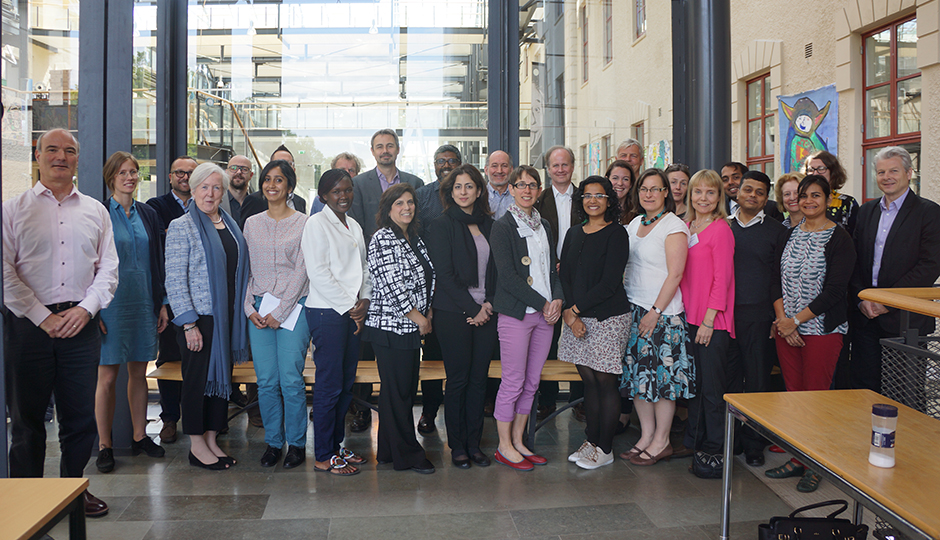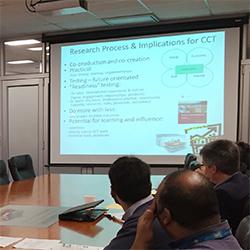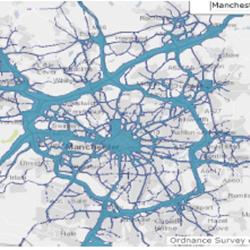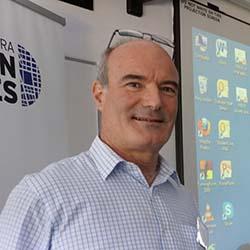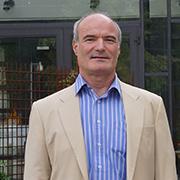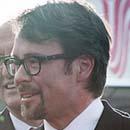Measuring urban sustainability
In early June, Mistra Urban Futures provided the venue for some groundbreaking work concerning globally applicable indicators on sustainable urban development. Despite huge differences in character and statistics, cities all over the world may be compared and measured in relation to a set of sustainability targets.
'We made some substantial progress', says Professor David Simon, Director of Mistra Urban Futures and host of the workshop that took place in Gothenburg, Sweden, 8-10 June. 'Based on tests in five very different cities around the world, we can recommend modifications to specific draft indicators to make it easier to collect urban data and to allow comparisons'.
The workshop was part of the preparations for the urban Sustainable Development Goal, one of 17 SDGs that will be launched by the United Nations later this year in order to measure and encourage progress globally towards sustainable development. All goals will be monitored annually, reported and measured on a range of indicators against a set of targets that clearly define progress and results.
The indicators for urban sustainability include a variety of measures such as access to public transport as well as the increase in land use compared with the increasing number of citizens. Some indicators will need the use of satellite images, while others are truly local, hands-on measurements.
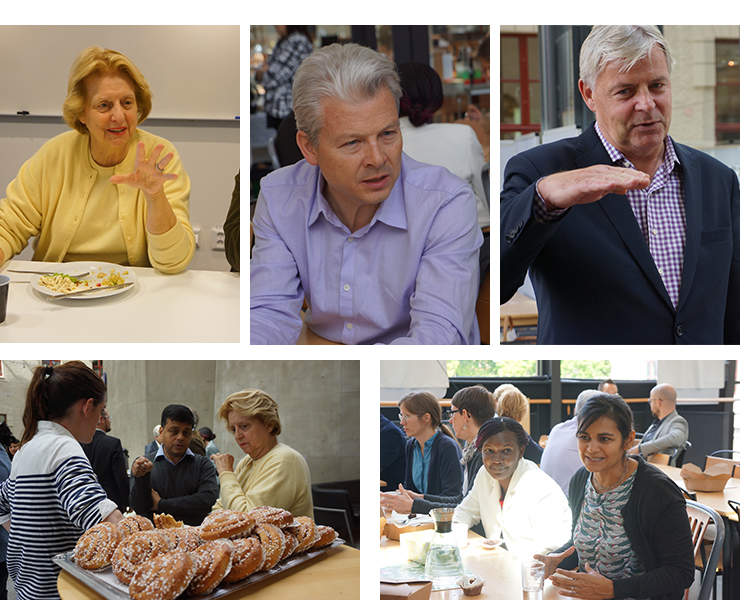 '
'
Clockwise from top left: Eugenie L Birch, University of Pennsylvania; Rafael Tuts, UN-Habitat; Thomas Elmqvist, Stockholm Resilience Centre; Evelyn Otieno, Kisumu City Council, and Zarina Patel, Mistra Urban Futures, Cape Town; Jessica Espey and Aromar Revi, both SDSN, and Eugenie L Birch.
The project has clearly demonstrated the importance of validation of the targets, on-the-ground, without distracting from the real objectives, that is to create urban sustainability', David Simon explains. 'At the same time, it exemplifies how local research can provide fine-grained data that can be fed upwards into national and international initiatives, and balance the otherwise dominant top-down nature of such target setting'.
The workshop in Gothenburg gathered an international group of researchers that has been involved in the work of testing both the indicators as such as well as discussing how to collect the data.
'The timing is critical', Professor Thomas Elmqvist at the Stockholm Resilience Centre, says. 'The urban goal is very complex and a scientific approach is necessary to ensure that sustainability policies are based on evidence.'
Professor Eugenie L Birch, University of Pennsylvania, adds that the workshop and the indicator project were important also from the perspective of aligning the expectations of the partners and stakeholders by testing the significance and measurability of the indicators.
Rafael Tuts, Coordinator of Urban Planning and Design of UN-Habitat, based in Nairobi, was pleased about the outcome of the workshop:
'The organisations represented here in Gothenburg are very well placed to do this work, to turn all the various inputs into one coherent and holistic idea. Now we can call on the cities around the world to mobilize around the goals and targets. The measurements will let us know that we are on the right track; the feedback is extremely important. And Mistra Urban Futures is ideally placed between academia and practice for this kind of work.'
